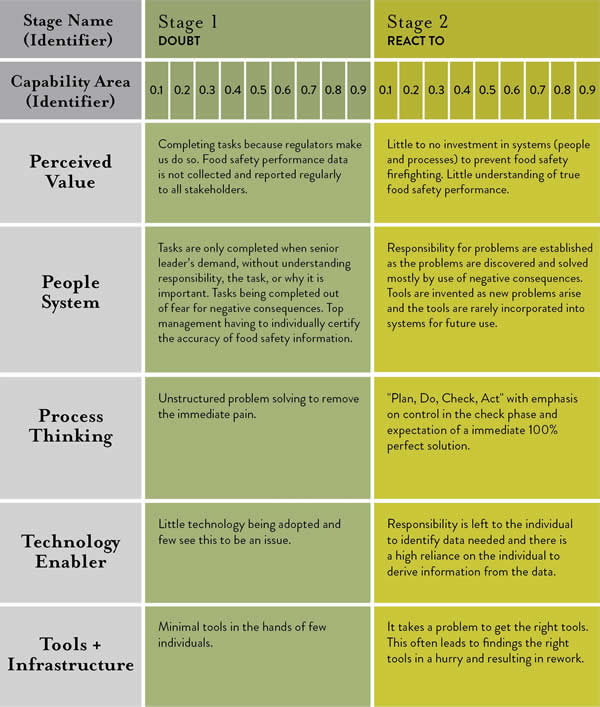

But first: Understanding the differences between HACCP and HARPC is key.

But first: Understanding the differences between HACCP and HARPC is key.

Industry needs a reality check. We may be unprepared for the next generation of food safety professionals, because they’re not there.

Although FDA immediately gained increased authority for records access upon the signing of FSMA in January 2011, some companies haven’t gotten the memo yet.

Food Safety exists because humans can and have become ill from eating, instigating a string of consequences, none of which are positive. Humans, with the help of technology, can make a difference.

Lessons learned from the Chobani case illustrate the need to understand the distinction and how a company should make the decision.

Keep pests out of your facility by not just using an effective pest management provider, but also by properly training your employees.
Experts cited management buy-in, employee satisfaction, and information sharing as the critical factors for success.
Consumers want to know what’s in their food, from artificial sweeteners and high-fructose corn syrup to dyes and pesticides. The latest hot-button issue surrounds foods made from genetically modified organisms (GMO) and the demand for companies to indicate on labeling whether a product contains GMOs.

A renewed recognition of the importance of individual employee behavior within food processing and manufacturing organizations is shining a spotlight on awareness and accountability, but a standardized measure of food safety culture must be defined.
Hand hygiene is a crucial aspect of food production and processing. How can food companies reduce the risks associated with human error in hand hygiene?